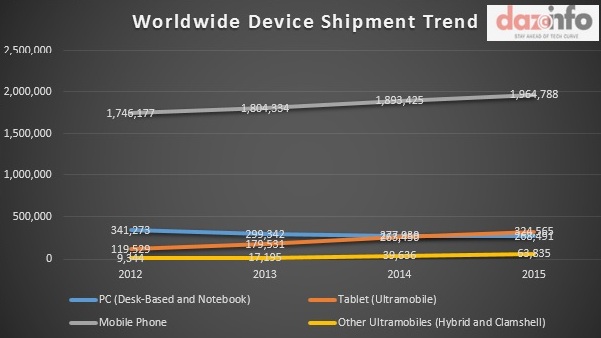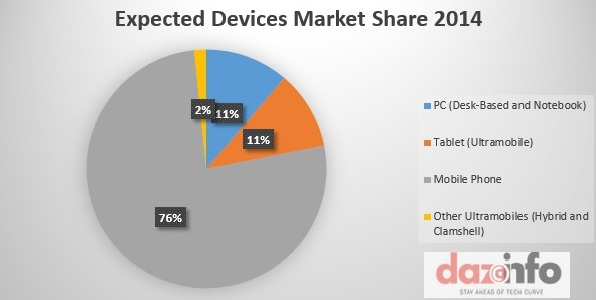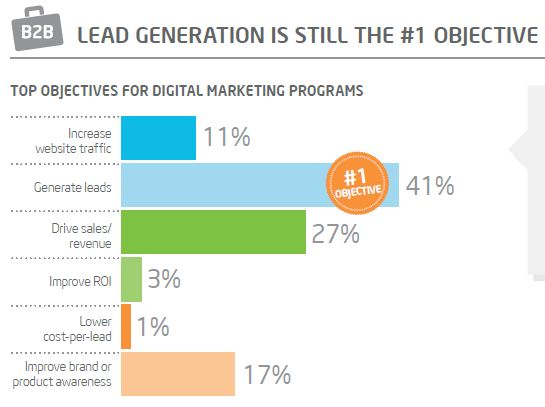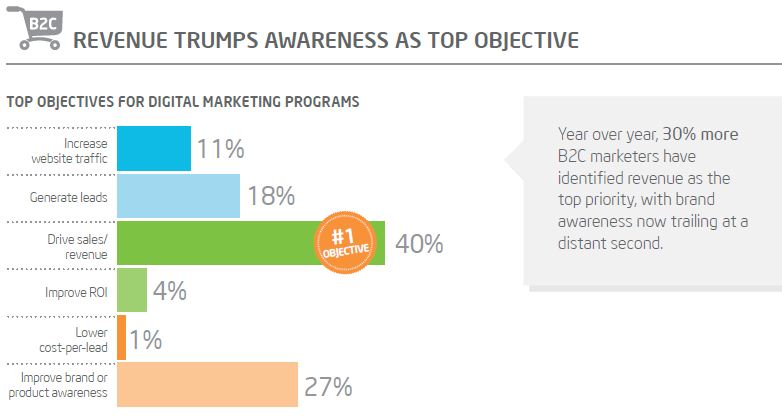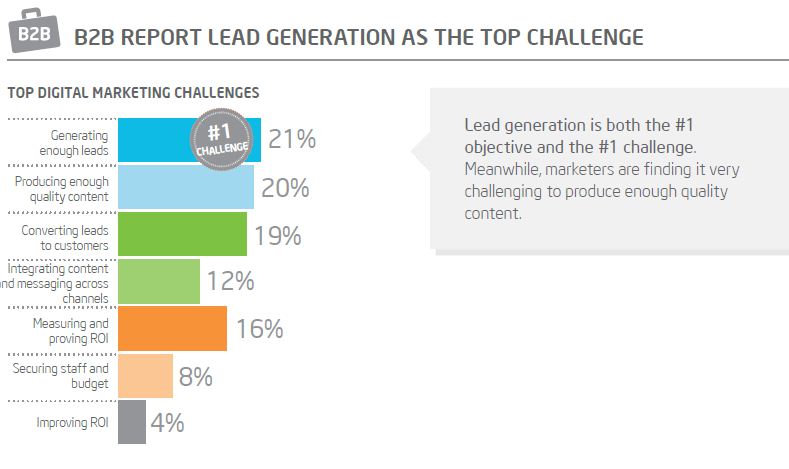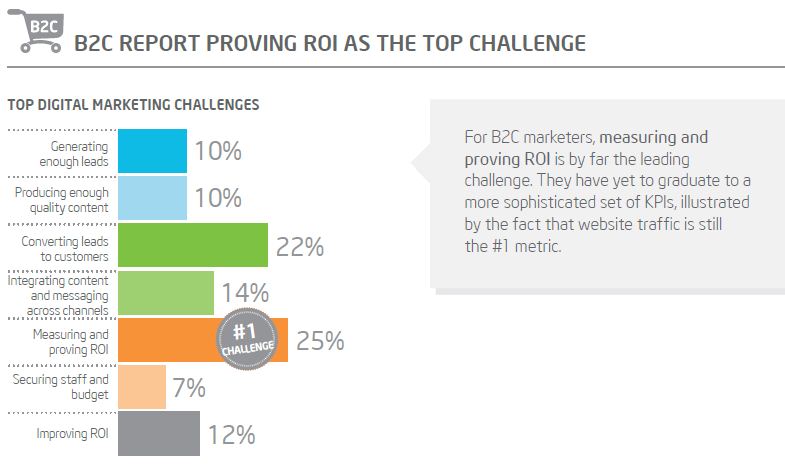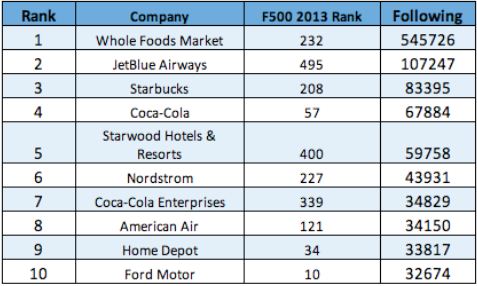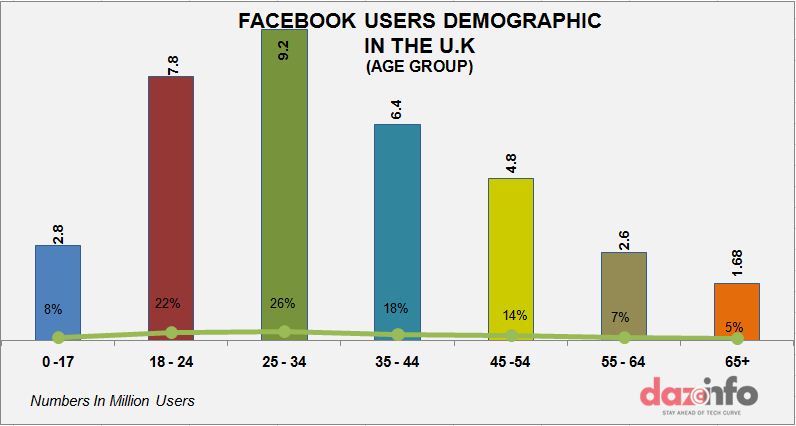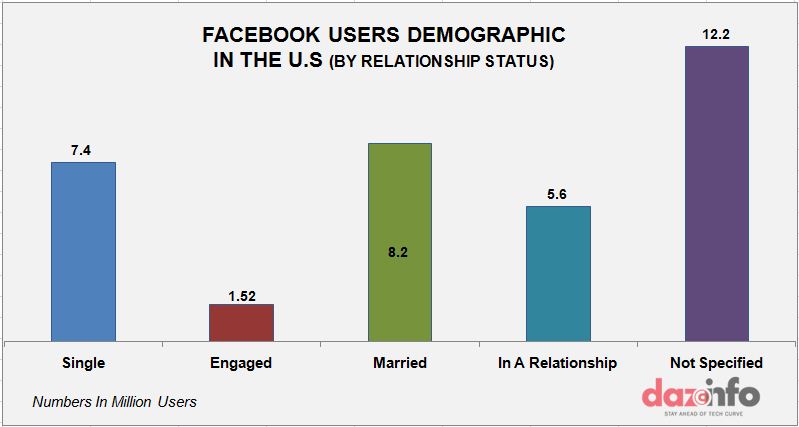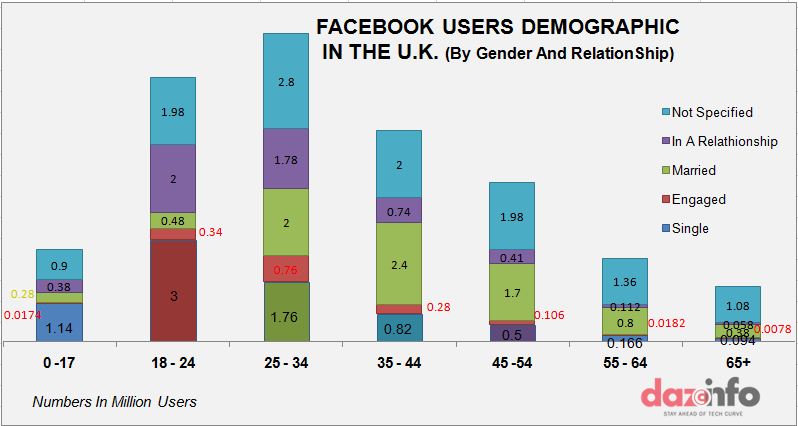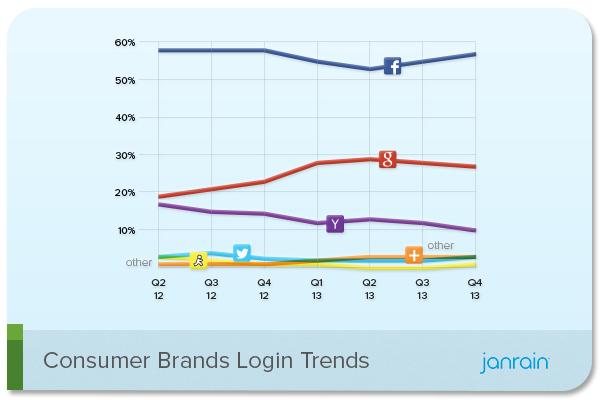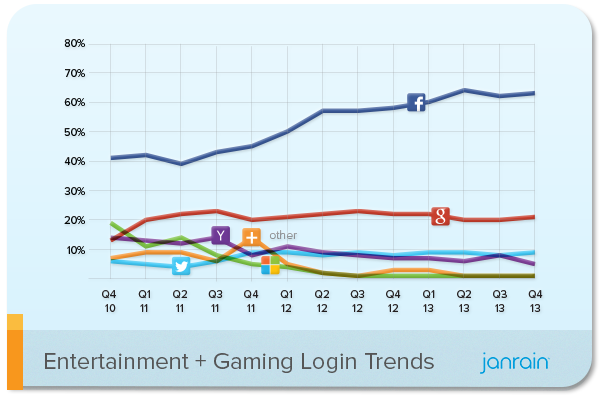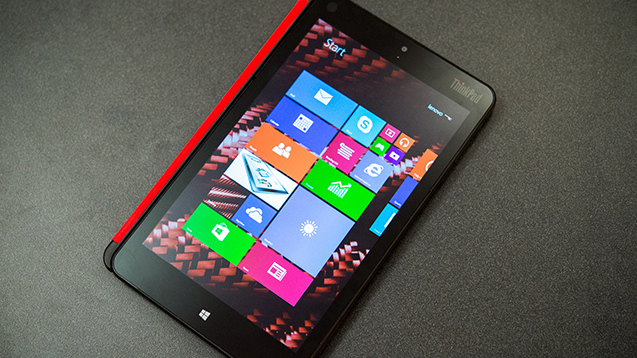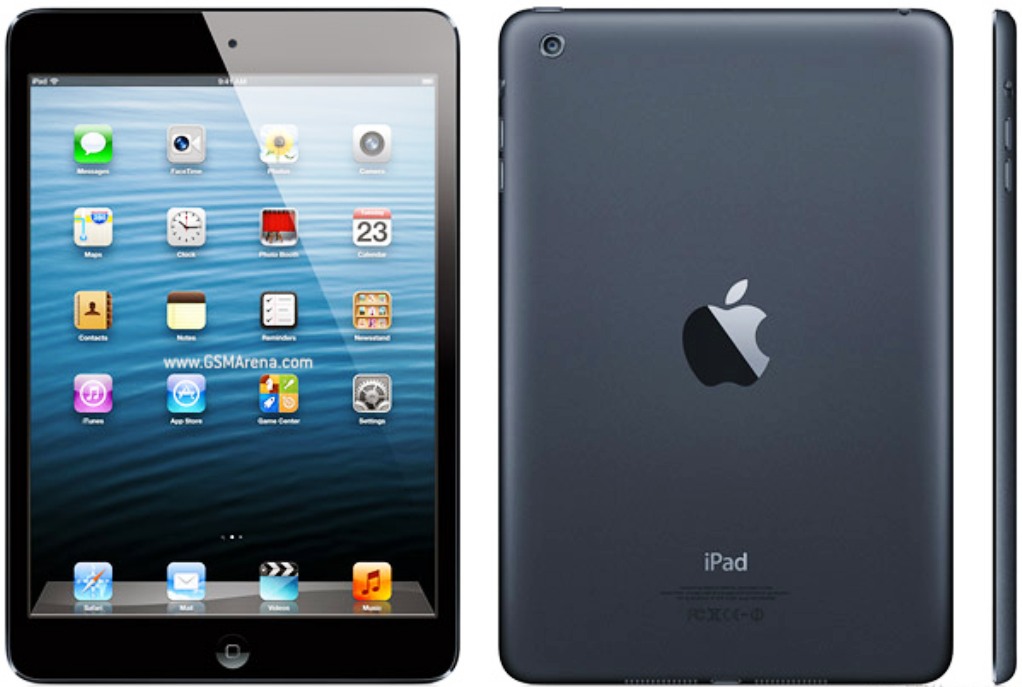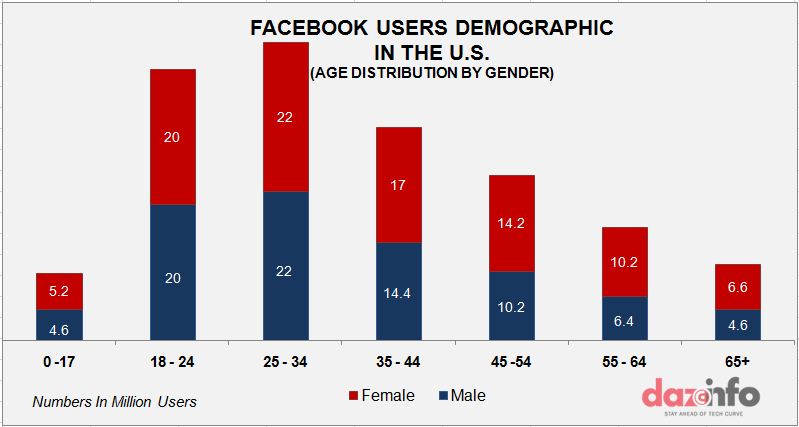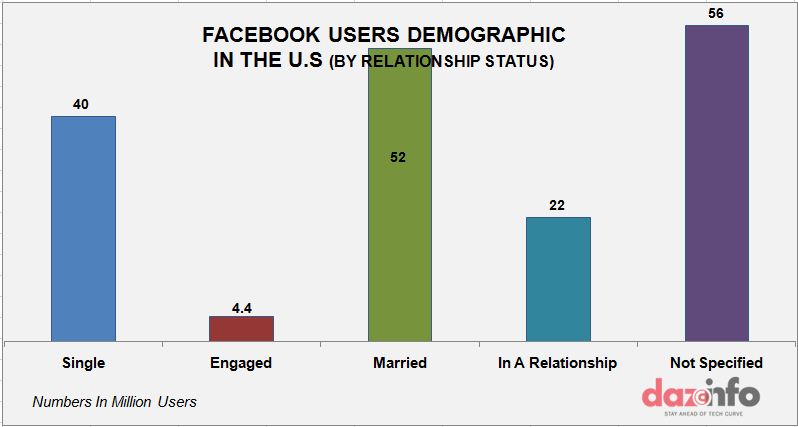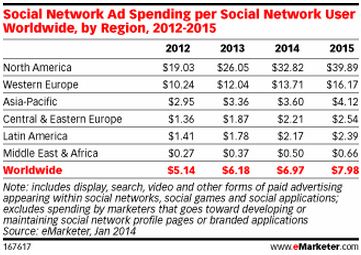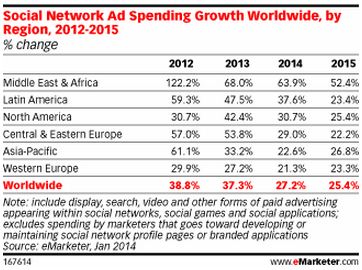India is witnessing an exponential growth in terms of digital media usage as more people are consuming digital media and adopting latest trends in arenas like social media, mobile devices, OS preferences and a preferred web browser. India is the 2nd largest Facebook Inc. (NASDAQ:FB) country, the 2nd fastest in terms of Smartphone adoption. It is one of the most prolific markets for technology giants like Samsung Electronics Co. Ltd (KRX:005930), Apple Inc. (NASDAQ:AAPL) and social media majors like Facebook, Twitter Inc. (NYSE:TWTR) and others. An Infographic by leading digital marketing strategy provider Ethinos depicts digital consumer trends in India in terms of the Smartphone market share, tablet market share, most-preferred browser, Operating Systems and a lot more.
- Internet connectivity is booming as the overall internet connections rose up to 205 million in November 2013, with an annual growth rate of 40%.
- Broadband connections as per November 2013 were 15.36 million, which is 2.4% more than the February 2013 tally of 15 million.
- In rural India, more than 68 million people access the web, whereas in urban India more than 85 million users are internet users.
- If we analyze broadband speeds country wise, India averages around 4.15 Mbps, which is much less than some of the other prominent countries like the U.S.A (20.74 Mbps), Sweden (42.05 Mbps), Romania (49.85 Mbps), Singapore (52.78 Mbps), Hong Kong (71.43 Mbps).
- If we analyze the Smartphone market share in India, the trend was somewhat similar to the one at the global level, as more than 34% of them used a Samsung Smartphone, Micromax was used by 21%, Karbonn by 10% and Apple by a mere 1%. A majority of digital consumers in India are price sensitive, hence they prefer to opt for mobiles with quality features at an affordable price.
- Samsung turned out to be dominant mainly due to its affordable pricing with quality features. Although Apple devices had top quality features, they were much above the average price rate and were affordable only for a few of them.
- In terms of Operating System share, Android bagged a 90% share when compared to 10% by the rest of the OS like Windows, iOS and others.
- As of 2013, in India, the mobile handset market was dominated by Smartphones with 11.1 million handsets which in an increase by 123%, feature phone usage decreased by 3.7% and rested at 51.8 million.
- Tablet market in India was ruled by Samsung with a 19% share, followed by Micromax with 8.5%, Karbonn with 7.8% and Datawind with 6.4%. Apple was not even in the top 5 mainly due to its price-point. Android OS was the most preferred in case of a tablet with an 88% share, while Blackberry Ltd. (NASDAQ:BBRY) held 1%, Windows held 1% and iOS held a 10% share.
- If we analyze the desktop browser market share, Chrome was the most used with a 49.5% share, next in line was Firefox with 29%, IE with 15.4% and Safari with 2.19%.
- Mobile browser market share was dominated by Android with a 25.68% share, 23.68% went to Opera and 19.23% was Apple’s share.
Source: Ethinos


